Click to view our Accessibility Statement or contact us with accessibility-related questions
Free Standard Shipping in the US on orders over $99
Free Standard Shipping in the US on orders over $99
Showing 1 of 7 conversations about:

ccm220
197
Aug 31, 2019
bookmark_border
Aug 31, 2019
17
Reply
more_vert
Drop Refurbished
Like-new products you can trustDrop Rewards
Get $5 for every 500 points you earn! Learn more
Drop Keyboard Club
Become a member and expand your keycap collectionCollaborate With Us
For Brands & Designers© 2024 Drop

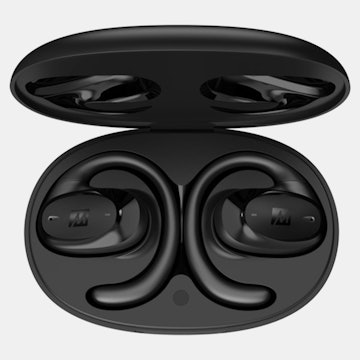
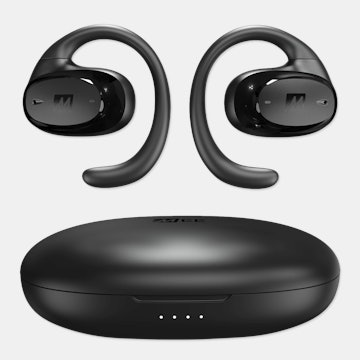

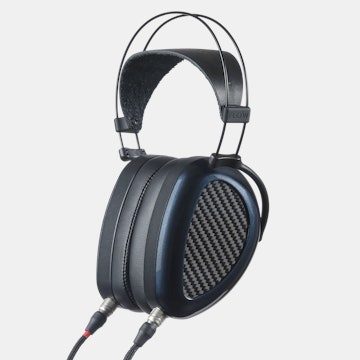
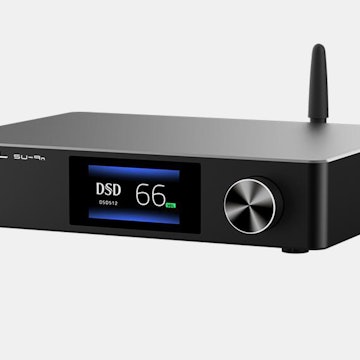
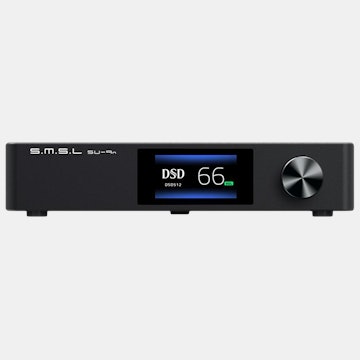
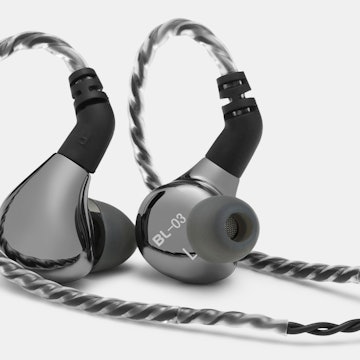
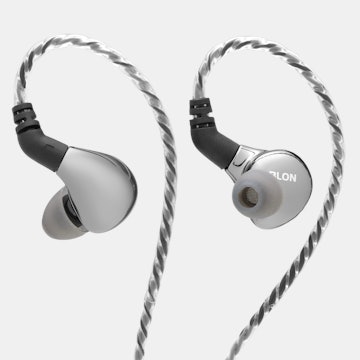
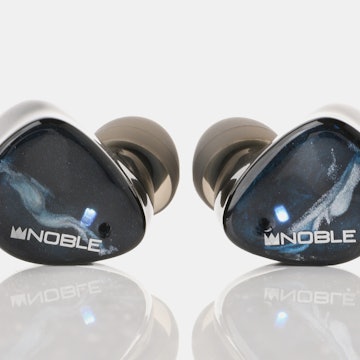
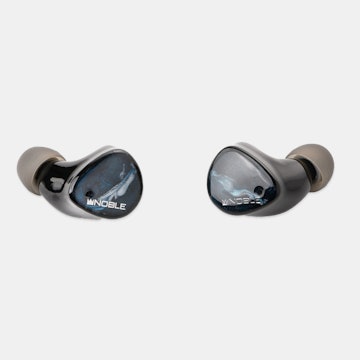
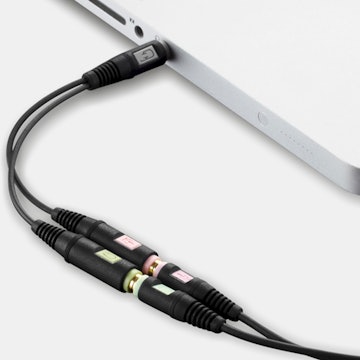

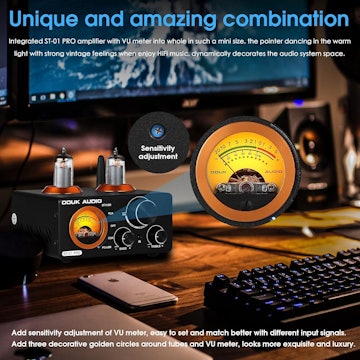
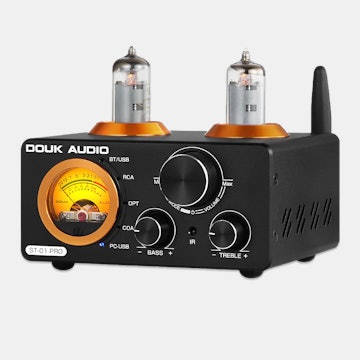
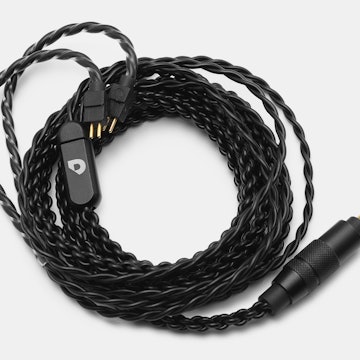
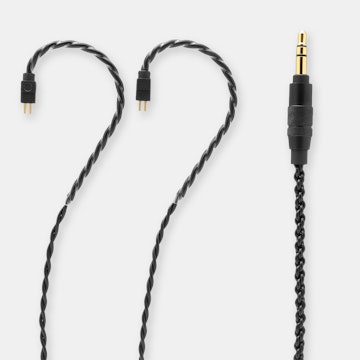
Build quality and fit:
Sound:
Tuning-Switches:
Comparisons: (Only going to do 3 so this doesn't drag on but I've listened to/owned a fair amount of IEMs over the years, so feel free to ask for select comparisons.)
Final Comments: